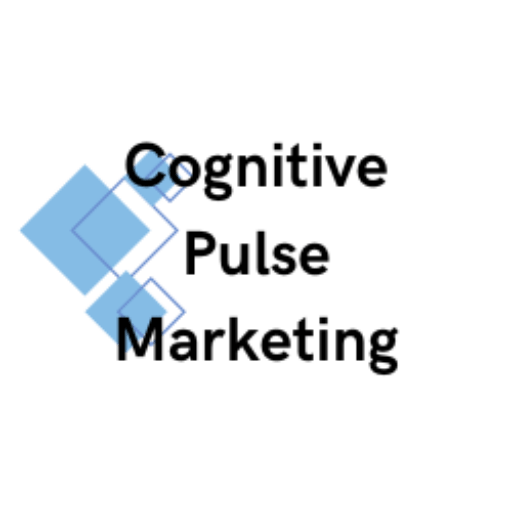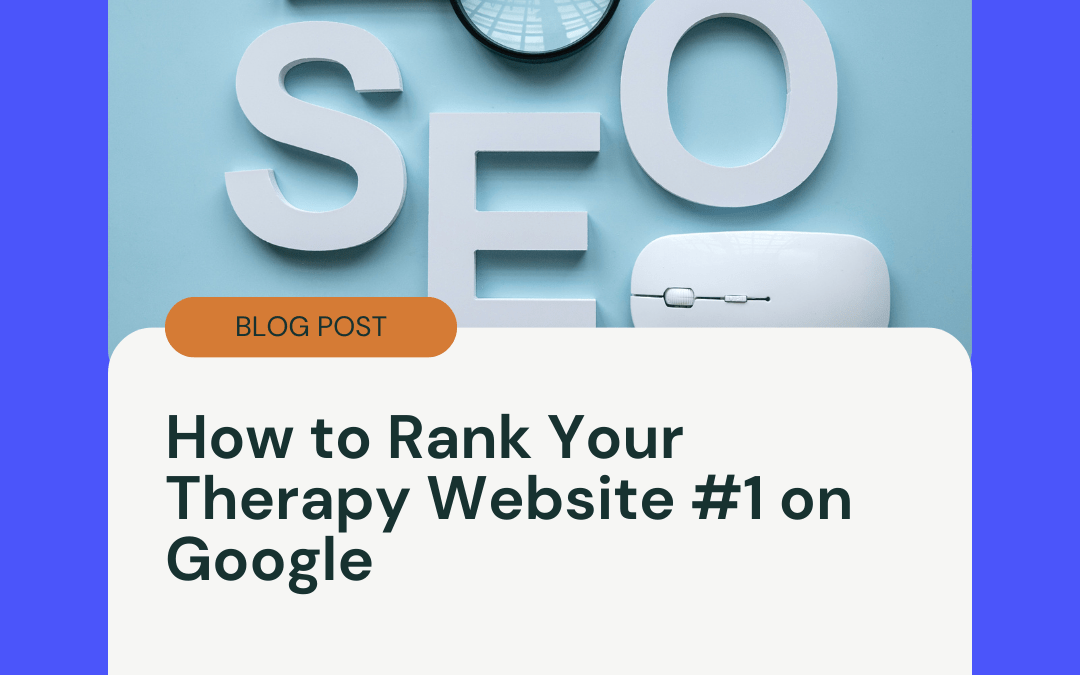A potential client sits at home, feeling overwhelmed. They know they need support, but they’re unsure where to start. They open their phone, type “anxiety therapist near me” into Google, and begin scrolling.
Within seconds, they’ve made a decision. They click on one of the top three results, browse the website, and either book a session or move on. If your practice isn’t on that first page—or, better yet, in the top three spots—you’re missing out on clients actively searching for therapy right now.
This is why search engine optimization (SEO) is more than just a marketing buzzword. It’s the key to making sure your website is found by the right people at the right time. The good news? You don’t need to be a tech expert to improve your rankings. With a few strategic steps, you can climb the search results and turn more visitors into clients.
Tips
Make sure Google Search Console is on your website so you can start tracking how people are finding you.
Understanding Keywords: The Foundation of SEO
Google doesn’t automatically know what your website is about. It needs clues, and those clues come from the words you use on your site. If your content doesn’t include the specific terms people search for, your site won’t show up when they’re looking for help.
A therapist might assume that ranking for “therapy” is the goal, but broad terms like that are highly competitive and don’t match what most potential clients are searching for. Instead, people tend to be more specific. They search for phrases like “trauma therapy in Austin” or “couples counseling near me.” These longer, more detailed phrases are known as long-tail keywords, and they are the key to ranking faster and attracting the right audience.
One of the easiest ways to find relevant keywords is to use Google’s autocomplete feature. Start typing a phrase like “therapy for…” and Google will suggest common searches based on what people are actually looking for. This gives you insight into real client search behavior. Another tool, Google Keyword Planner, provides data on how many people search for different therapy-related terms each month, helping you prioritize which ones to target on your site.
Once you identify the right keywords, the next step is to use them strategically. Your homepage, service pages, blog posts, and even your contact page should include these search terms in a natural, conversational way. For example, instead of a generic phrase like “I offer therapy services,” you might write “I provide anxiety therapy in Denver, helping clients manage stress and regain a sense of control.” This subtle change makes it easier for Google to understand what you do—and easier for potential clients to find you.
Optimizing Your Website for Higher Rankings
A well-optimized website doesn’t just use the right words—it’s structured in a way that makes it easy for both visitors and search engines to navigate. Google prioritizes websites that provide a good user experience, which means your site should be fast, clear, and mobile-friendly.
The way you structure your pages also affects your rankings. Each major page on your site should have a clear, keyword-rich title, a compelling meta description, and a logical layout that guides visitors toward taking action. Your homepage and service pages should immediately communicate who you help and how. Instead of vague statements, be direct. If you specialize in couples therapy, make sure that’s clear in your page titles and headings.
Another critical piece of website optimization is internal linking. Google understands websites better when their pages are connected. If you write a blog post on “Signs You May Benefit from Therapy,” linking it to your “Individual Therapy Services” page strengthens your site’s relevance for those terms. This also improves the user experience by guiding visitors to related content that answers their questions.
While content and structure are important, technical performance plays a major role in rankings. Google favors websites that load quickly and work well on mobile devices. If your site takes more than a few seconds to load, visitors are likely to leave before they even read your content. A simple test on Google’s PageSpeed Insights can show whether your site is fast enough. If it’s slow, optimizing images, improving server response time, and reducing unnecessary code can make a significant difference.
If you’re curious about SEO and want to learn all about our Digital Marketing Guide for Therapists, we have a ton of resources that will help you grow your private practice organically.
Tips
Page Speed is important, but you don’t need a perfect 100. Try to get it above 80 for optimal performance.
Why Local SEO is Critical for Therapists
For most therapy practices, ranking locally is even more important than ranking nationally. Clients aren’t looking for therapists across the country—they’re searching for someone nearby. That’s why local SEO should be a priority.
One of the most powerful tools for local SEO is your Google Business Profile. When someone searches for therapy in your area, Google often highlights a set of three business listings at the top of the results. If your profile is fully optimized, you have a much better chance of appearing in this high-visibility section.
To improve your ranking in local searches, ensure that your Google Business Profile is accurate and up to date. Your name, address, and phone number should be consistent across your website and all online directories. Choosing the right business category—such as “Therapist” or “Mental Health Service”—helps Google match your profile with relevant searches.
Client reviews also play a huge role in rankings. Google prioritizes businesses with frequent, high-quality reviews, so if you don’t have many, it’s worth encouraging satisfied clients to leave feedback. A well-optimized profile combined with strong website SEO creates a powerful one-two punch for ranking higher in local searches.
The Long-Term Value of SEO for Your Practice
Unlike Google Ads, which stop working the moment you stop paying, SEO is a long-term investment. Once your site is well-optimized and ranking for relevant searches, it continues to bring in potential clients without additional ad spend.
The key to success is consistency. Google favors websites that stay active, which is why regularly updating your content—through new service pages, blog posts, or even small tweaks—keeps your site competitive. Over time, these efforts compound, strengthening your authority and making it easier for new clients to find you.
If you’re just getting started with SEO, focus on three key actions today:
- Optimize your service pages with relevant keywords.
- Claim and update your Google Business Profile to improve local rankings.
- Ensure your website is fast, mobile-friendly, and easy to navigate.
By implementing these foundational strategies, your therapy practice will be on the path to higher rankings, more website traffic, and ultimately, more clients.
Ready to take your therapy practice to the next level? At Cognitive Pulse Marketing, we specialize in helping therapists grow their practices with tailored marketing strategies, from website optimization to SEO and beyond. Contact us today for a free consultation and see how we can help you attract more clients and build a thriving practice.

